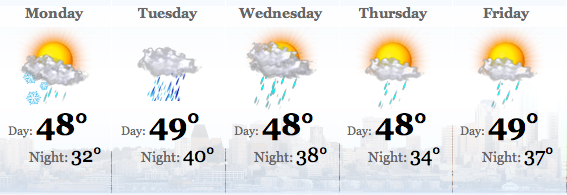| Left to right: Basil, Cilantro, Giant Pumpkins, a Carving Pumpkin seedling, and a Castor Bean seedling (Ricinus communis) |
When I bought a package of peat pots to start off my giant pumpkin seeds, I realized they weren't all that expensive (10 cents/pot) so I went back and bought a few more packages. Now I'm growing everything in them. The idea with peat pots is, when it is time to transfer them out to the garden, the plants hardly know they are being transplanted because they are planted with the pot directly into the soil. The plant's roots easily grow right through. Eventually the pot disintegrates, but I've heard peat pots can wick enough moisture out of the soil to kill the seedling so it is important to completely bury the pot.
Some more peat pot shots:
| Freshly planted Corn |
About a month ago, I took 10 Brugmansia (Angel's Trumpet) cuttings. All of them are rooting, and three of them are ready to be potted up today.
Here is the step by step process I took to get them to root:
1. I cut off 1' long branches, making sure there was a node at the bottom of the cutting.
2. I trimmed off all the larger leaves to help minimize water loss (they wilted for about the first day).
3. I stuck them in a glass with about 6"-8" of bottled (non-chlorinated) water and placed them in a high-light, 65 degree environment out of direct sunlight
4. I changed the water about once a week.
5. I waited for them to grow roots. Once they got to the point where they had enough roots to be sustained in soil, I potted them up into 1 gallon pots.
 | |||
| Brugmansia (Angel's Trumpet) |
 |
| Solanum tuberosum 'Adirondack Blue' |














